The content of the article
Do gerberas grow only in gardens and greenhouses? No, beautiful orange or red inflorescences can decorate the windows of a city apartment if you buy indoor varieties of a flower. Mini-versions of the plant reach a height of 25–30 cm and annually emit one or more buds. It is no more difficult to care for an exotic gerbera than for an anthurium or an orchid, and sometimes it is much easier.
Meet the new home
Adult plant is sold in specialized stores and even large supermarkets. The bought gerbera wants to be immediately filled with warm water and put on the most prominent place so that it becomes the main decoration of the house, but the flower must first adapt to the new place of residence.
The first 3-4 days should refrain from watering.The plant takes the necessary moisture from the soil, and an excess of water can cause rotting of the lower leaves or the appearance of fungus. Replace gerbera only in two cases:
- when the soil is contaminated by pests;
- if the pot is too small, and the root system looks out of the ground.
It is possible to transfer a flower to a new container in 1.5–2 weeks after adaptation, when the plant gets used and gets stronger. Do not forget that spider mites or other insects sometimes live on a gerbera brought from a nursery or a supermarket. Pests are dangerous for the rest of the indoor plants, so the new tenant is carefully inspected and isolated for about a week.
Light and temperature conditions
On what window sill put a pot with bright colors? In the summer, the east or west side is suitable. The plant will receive enough soft light and heat. In winter, gerberas are transported to the sunny southern windows, while the northern ones are not suitable for growing exotic beauties. They are too cold and shaded, so you will need to install fitolamps or regular tabletops to compensate for the lack of natural light.
In summer, the gerbera needs to be shaded from the midday sun:
- move to a table near the window;
- close the blinds so that diffused light falls on the window sill;
- put under a high spreading tree, if the plant is on the street.
The sun from May to September burns strong enough to burn the tender leaves of the plant, leaving ugly yellow spots on the green surface. Daily contact with ultraviolet - stress for an exotic beauty, which can seriously get sick or even fade.
At the same time, the gerbera needs the sun,because without it, it is not able to form buds and bloom. The plant feels comfortable when the length of daylight is from 10 to 12 hours. Therefore, in winter, an exotic beauty and goes into hibernation mode, and in the spring it activates and begins to build up a green mass.
How to water a gerbera
The homeland of a bright flower is considered subtropics, where it is always warm and rainy. The plant loves water, but in moderation. In summer, the gerbera is watered thrice a week, reduced in spring and autumn to 2 times.
In winter, a tropical beauty can do without water for a long time. When indoors is +12, moisture becomes a dangerous enemy of the gerbera, because the risk of infection with a fungus increases. In winter, the flower is watered as needed when the top and middle layers of the soil dry out.
It is impossible that the liquid for irrigation fell into a leaf outlet or inflorescences. Water droplets accumulate and create conditions for the development of fungus and root rot. It is difficult to get rid of diseases, gardeners have to change the soil and the pot, or throw out a gerbera if it is not treatable.
Water intended for irrigation of exotic beauty is defended for 2-3 days in glass jars or plastic buckets. The liquid must be heated to + 32–37 degrees. Carefully poured into the ground or into the pan, from which the flower will take as much moisture as he needs. Water should not stagnate at the bottom of the pot. Gerbera absorbs moisture in 30-40 minutes. The remaining liquid, which turned out to be superfluous, must be carefully drained. If this is not done, a fungus will be created in the pan, which will destroy the root system.
In the summer it is useful to spray the green top of the spray. In a similar way moisten the top layer of the earth with the root system. Gerbera does not like dry air, because of which its leaves and inflorescences become pale and inexpressive. To maintain an optimal level of humidity, it is recommended to put bowls or large mugs filled with water next to the pot.
Tip: If the lower leaves of the gerbera began to rot, you should reduce watering and stop spraying the plant. The earth is dry, but the problem has not disappeared? Either the flower struck rot or pests, or water for irrigation needs to be more carefully filtered.
Mineral Complexes
Gerbera does not tolerate organic. Fertilizers prepared from cow dung, bird droppings or humus will only harm the flower. Slaked lime, compost or wood ash will not work. Only mineral complexes. Recommended universal varieties, designed for any indoor flowers, or special options exclusively for exotic gerberas.
During the formation of buds, the plant is fed with nitrogenous compounds, which include:
- ammonium sulfate;
- urea;
- ammonium nitrate.
The classic version of nitrogenous fertilizer is urea. Mineral supplements make 3-4 times a month, but after disclosure of the inflorescences, you should switch to complex options for indoor plants. Such fertilizers are used in a similar way.
Crystals or powder should be dissolved in water for irrigation. The soil is pre-moistened so that the fertilizer does not burn the root system. Use only a weak solution, concentrated may poison the gerbera.
Soil for an exotic plant
A tropical flower is constantly growing, and one day the pot becomes too small for its dense root system. We have to look for a new home for the gerbera and prepare a nutrient substrate. What should it be?
The main thing is that the soil:
- missed the air;
- was permeable;
- sterile;
- with a pH level of 5.5 to 6.
Gerbera, which is in too sour soil, does not absorb useful elements and dies.
There are several substrate options for growing an exotic flower:
- Riding peat without additives. It is quite sour and contains many useful components.
- Leafy ground with sand or moss, which is called sphagnum. Be sure to mix with peat or technical phosphoric acid to raise the pH of the substrate.
- Suitable for growing gerberas and small perlite, which allows the root system to breathe. High peat is added to the synthetic base as a source of nutrients.
- The needles or coconut substrate can improve the permeability. You can not make in the ground for gerbera compost or humus.
If the soil is too acidic because of the peat, you should add some chalk to it.Sod or leafy land must be steamed to disinfect and destroy weed seeds. An alternative to heat treatment is pesticides. Solutions of formalin (5%) or carbathion (2%) are recommended. The classic option for disinfecting the earth is potassium permanganate. It is weaker than synthetic pesticides, so it is recommended to treat the soil with a concentrated solution of a dark pink or purple hue.
After disinfection, the land is connected to peat and other components and insist for several days. During this time, beneficial bacteria and nutrients will appear in the soil.
How to transplant gerbera
An exotic plant must breathe, so the pot is chosen from ceramics or clay. A gerbera transplanted into too large a capacity spends strength and nutrients on the development of the root system, so the plant does not throw out the buds for 1–2 years. The flower feels comfortable in a pot with a diameter of 25 cm and a depth of 30–35 cm. The upper part should be slightly wider than the bottom.
To fill the bottom of the tank with a centimeter layer of drainage:
- crushed clay shards;
- broken brick;
- pieces of foam;
- fine expanded clay.
Half fill the pot with substrate. Remove the gerbera from the old container without separating the earthen lump from the root system. Transfer the flower to the new clay house. Put in the center and sprinkle with soil. Ensure that the root head remains on the ground. If a little substrate gets onto a sheet rosette, gently sweep it with a brush or hand.
Replace the gerbera in the spring before the first buds. You can transfer the plant to another pot after flowers wither in July or November.
Breeding
Exotic flower grown from seed. Prepare a nutritious soil from turf land, sand and peat, fall asleep in a wooden box. Spread the seeds, sprinkle with earth, moisten the substrate with a spray bottle and cover with plastic wrap. Young sprouts that are over a month, transplanted into separate pots.
Gerbers 4–5 years old and older can be divided into several bushes.
- Remove the plant from the pot, do not clean it off the ground.
- Carefully divided into 2-3 parts. Each must have its own point of growth.
- Slightly shorten the roots, cut the flowers. Treat open "wounds" with coal.
- To plant new bushes in pots with a substrate.
It remains to water and fertilize gerberas, so that they quickly begin and take root.
Diseases
- Spider mite appears due to insufficient watering and dry air. The flower should be sprayed with a spray bottle, adding any fungicide to the water.
- Aphids can attack a gerbera if it grows in a garden or stands on a balcony in a warm season. Insect destroy insecticides, which are treated with stems and leaves.
- White-winged flies start in the summer due to heat and dry air. Insecticide "Aktellik" will cope with pests.
- Gerbera, affected by white or gray mold, is isolated from the rest of the indoor plants and treated with a solution of copper sulphate. Remove damaged leafs and be sure to reduce watering.
Gerbera loves sunshine and warm water, a humid climate and can die from drafts. The flower is not whimsical, but needs constant care and care. If you protect the plant from insects and mold, timely fertilize and remove dry leaves, exotic beauty will be one of the main decorations of the apartment and a reason for pride.
Video: how to care for room gerbera

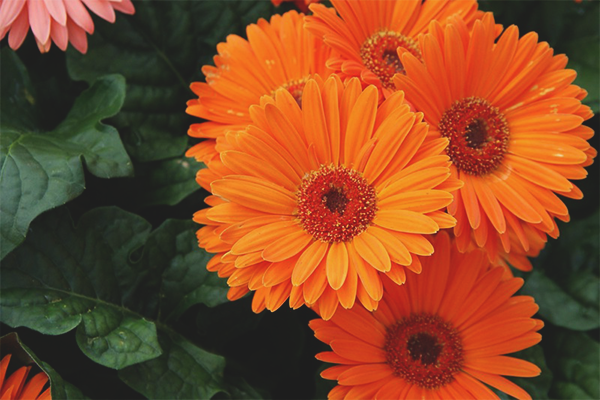
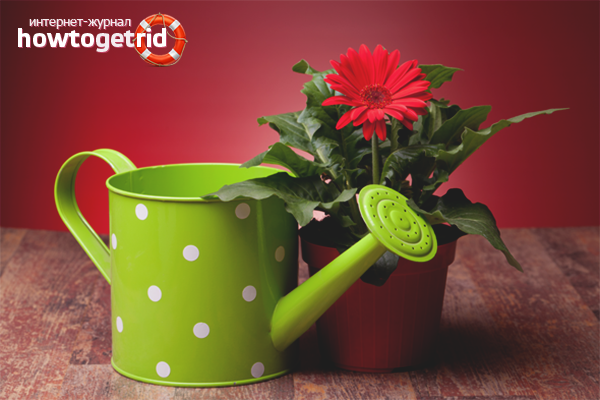
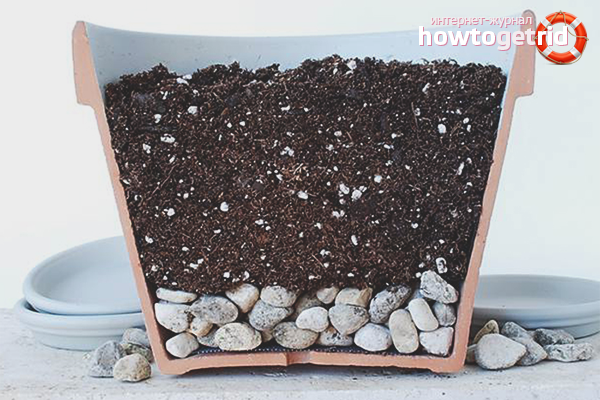
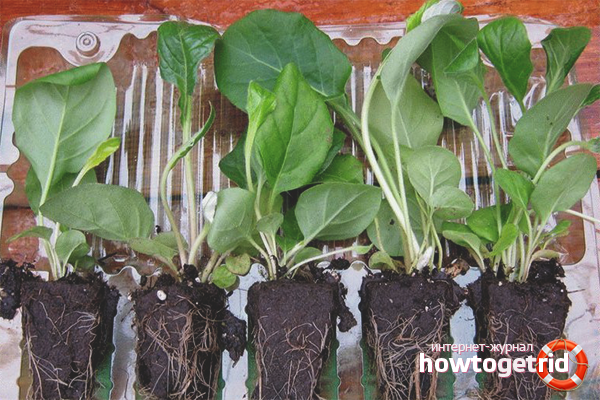




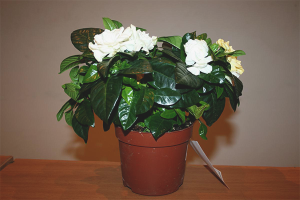
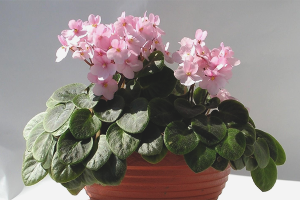



To send